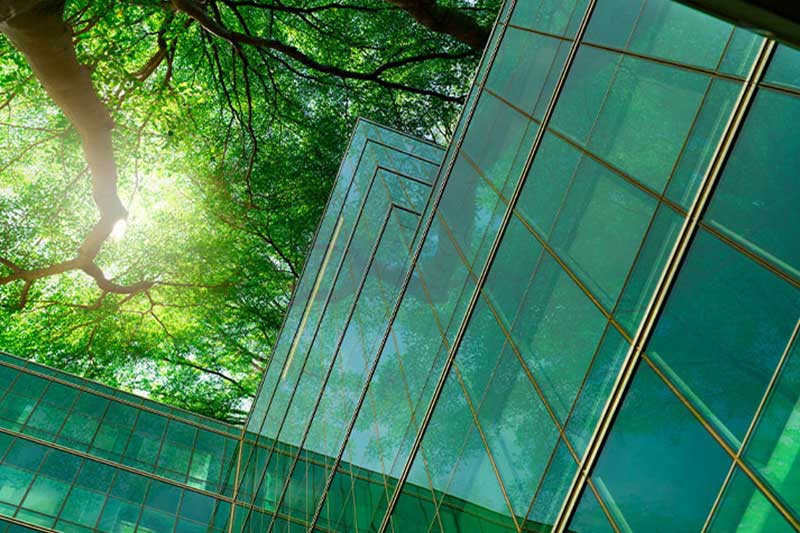The Role of LED Lighting in Green Architecture and Sustainable Cities
As urbanization accelerates, the demand for sustainable solutions grows. LED lighting is emerging as a cornerstone of green architecture, paving the way for eco-friendly and energy-efficient cities.
Why LEDs Are Crucial for Green Architecture
- Energy Efficiency
LEDs consume up to 80% less energy than traditional lighting, making them a go-to choice for sustainable buildings.
- Example: The Empire State Building reduced its energy consumption by 65% after switching to LED lighting.
- Longevity
LEDs last up to 25 times longer than incandescent bulbs, reducing waste and maintenance costs.
- Reduced Heat Emission
Unlike traditional lighting, LEDs emit minimal heat, reducing cooling requirements in buildings.
How LEDs Contribute to Sustainable Cities
- Smart Street Lighting
Cities like Copenhagen use LED-based smart streetlights that dim during low-traffic hours, saving energy and enhancing urban aesthetics.
- Public Spaces
LED installations in parks, museums, and public spaces like the London Eye demonstrate their role in sustainable urban design.
- Renewable Energy Integration
Solar-powered LED systems are lighting up rural areas and reducing dependency on fossil fuels.
Challenges and Solutions
While LEDs are energy-efficient, initial costs can be high. Governments worldwide, however, are offering subsidies and tax benefits to encourage adoption.
The Road Ahead
The integration of AI and renewable energy with LED technology will further propel sustainable urban growth. Green buildings and smart cities are no longer a dream but a reality powered by LED lighting.
Previous article
How AI is Revolutionizing the Lighting Industry: Smart LEDs Explained
Next article
SunroooF Brings Sunlight Indoors with Innovative Interior Lighting Technology
